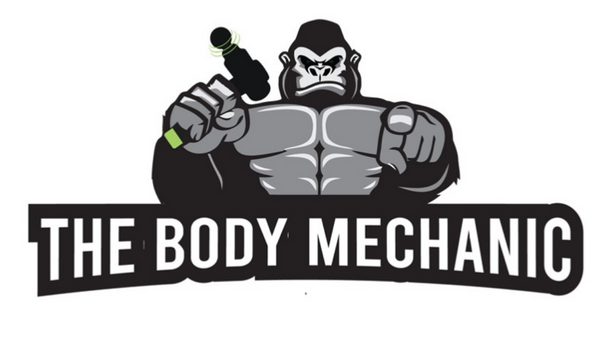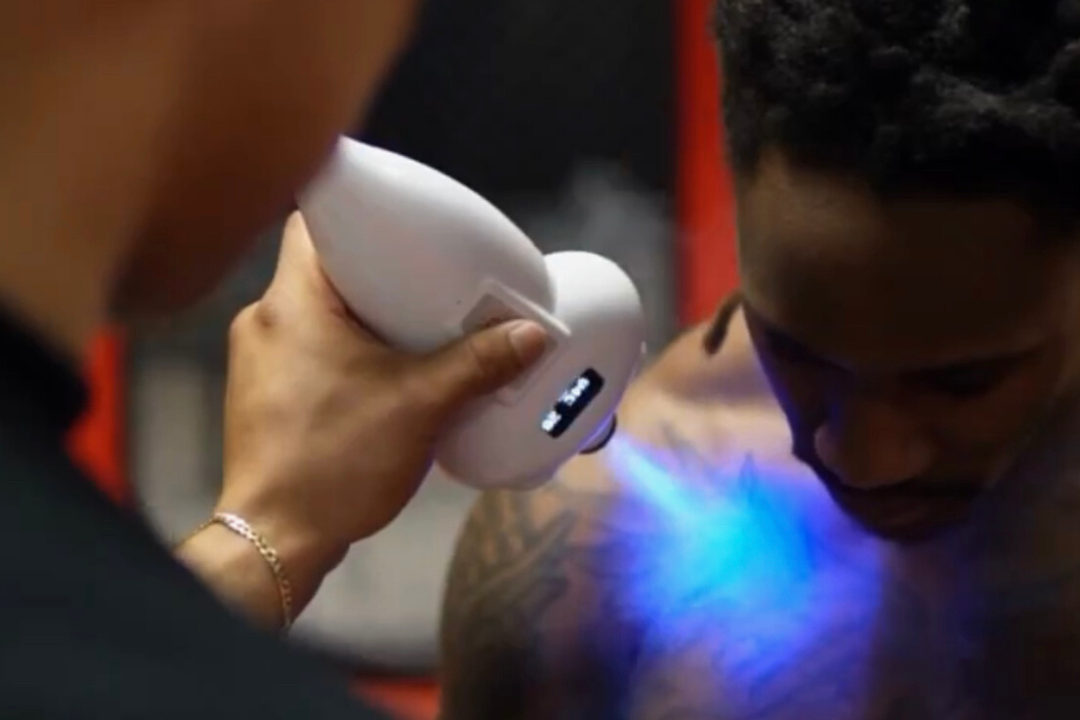Cryotherapy, or "cold therapy," has gained popularity as a wellness and recovery trend in recent years. This intriguing practice involves exposing the body to extremely cold temperatures for a short duration. In this blog, we'll dive into the world of cryotherapy, exploring its history, potential benefits, risks, and the scientific mechanisms behind this chilly sensation.
Understanding Cryotherapy
Cryotherapy is derived from the Greek words "cryo" (cold) and "therapia" (healing). It encompasses various techniques and modalities, but the most well-known form is whole-body cryotherapy (WBC). During WBC, an individual stands in a specially designed chamber for a few minutes while being exposed to freezing temperatures, usually around -200°F (-130°C).
A Brief History of Cryotherapy
Cryotherapy has been used for centuries, with its roots in ancient civilizations like the Greeks and Egyptians, who used cold therapies to treat various ailments. Modern cryotherapy, as we know it today, was developed in the late 20th century by Japanese doctor Toshima Yamauchi, who designed the first cryogenic chamber for medical purposes.
Potential Benefits of Cryotherapy
Advocates of cryotherapy suggest several potential benefits:
-
Pain Relief: Cryotherapy may alleviate pain and inflammation by numbing nerve endings and reducing blood flow to injured or sore areas.
-
Recovery and Performance: Athletes often use cryotherapy to speed up recovery after intense workouts, reduce muscle soreness, and improve overall performance.
-
Skin Rejuvenation: Cryotherapy can stimulate collagen production and tighten the skin, potentially reducing the appearance of wrinkles and promoting a youthful glow.
-
Weight Management: Some claim that exposure to extreme cold can boost metabolism, leading to potential weight loss.
-
Mood Enhancement: The sudden cold exposure can trigger the release of endorphins, leading to improved mood and reduced stress.
-
Reduced Inflammation: Cryotherapy might help with inflammatory conditions like rheumatoid arthritis or psoriasis.
How Cryotherapy Works
The science behind cryotherapy involves several mechanisms:
-
Vasoconstriction: Exposure to extreme cold causes blood vessels to constrict, reducing blood flow to the extremities and reducing inflammation.
-
Release of Endorphins: The body's response to cold can lead to an increase in endorphin levels, providing pain relief and improving mood.
-
Tissue Repair: Cryotherapy may promote cell repair and collagen production, aiding in tissue healing and rejuvenation.
Cryotherapy is a fascinating practice that has captured the attention of many seeking wellness and recovery solutions. While it offers potential benefits, it's essential to approach it with caution and consult a healthcare professional before diving into the deep freeze. Whether you're intrigued by the idea of pain relief, enhanced recovery, or mood enhancement, understanding the science and risks behind cryotherapy is crucial for making informed decisions about its place in your wellness journey.

